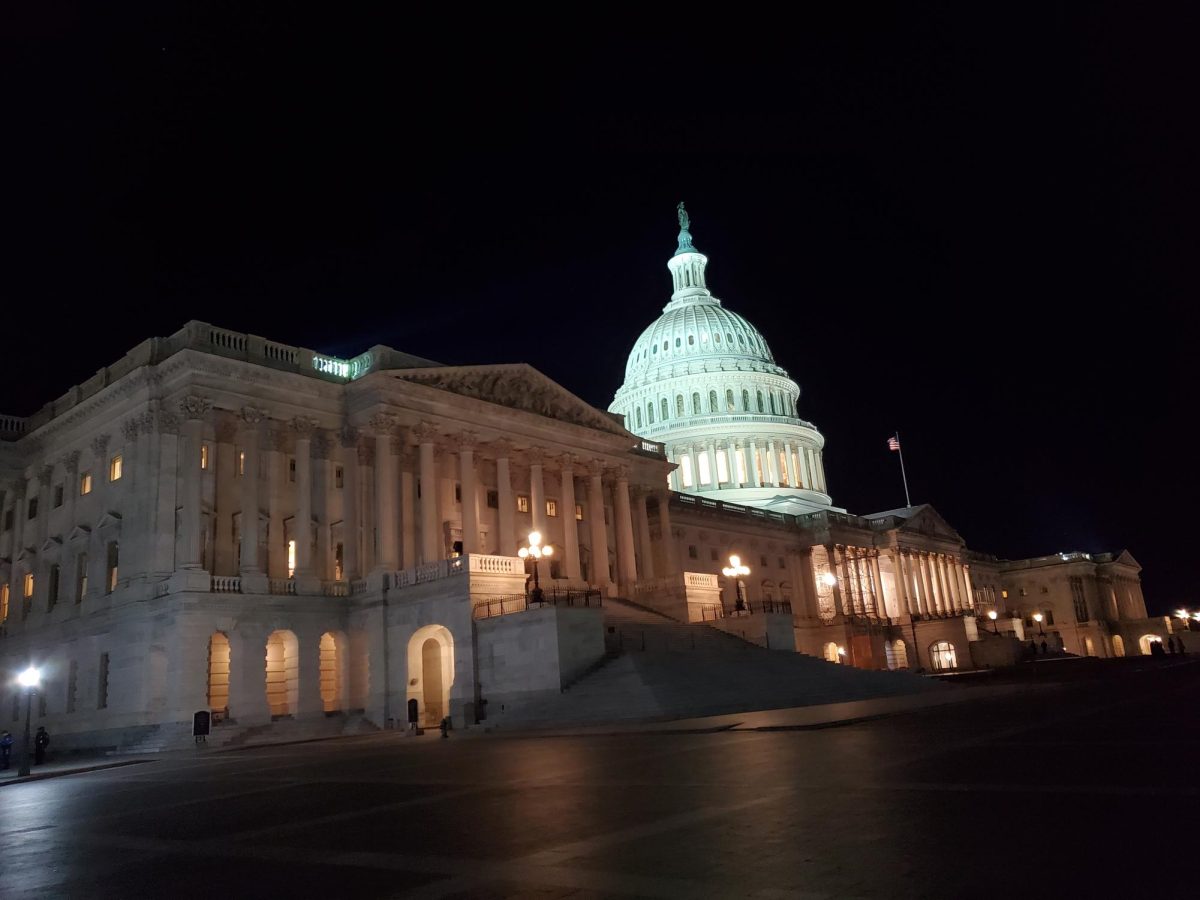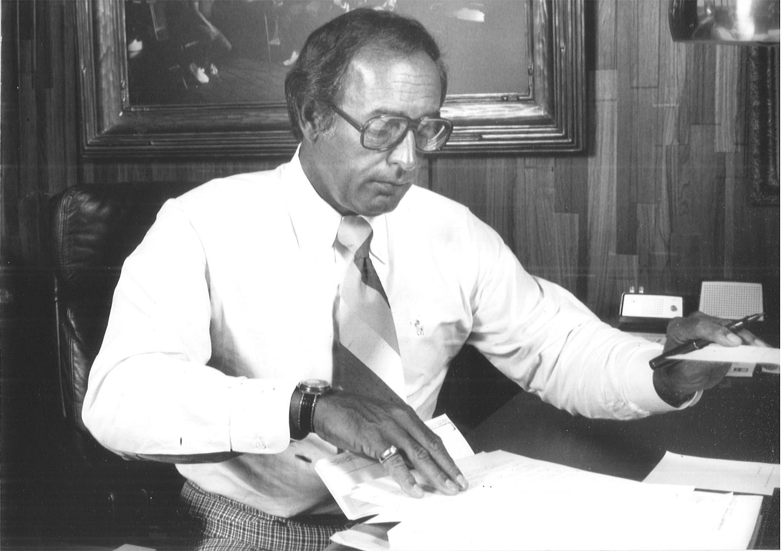An estimated $6 billion was spent on the 2012 election cycle, which is almost $700 million more than the previous record-breaking expenditures of the 2008 election cycle. This money was spent by the campaigns, outside groups and independent organizations.
One of the reasons for this groundbreaking spending was that both President Obama and Republican presidential nominee Mitt Romney declined federal public financing. This is largely due to the results of the 2010 Supreme Court case Citizens United v. Federal Election Commission in which the court held that the First Amendment prohibited the government from restricting independent political expenditures by corporations and unions.
This deregulation of campaign financing reinforced the creation of super PACs — organizations that campaign for or against a candidate and seek to influence federal elections. This election season, Priorities USA, the main super PAC supporting President Obama, raised $63.7 million; Restore Our Future, the main super PAC supporting Mitt Romney raised $131.6 million.
This growth of unlimited fundraising and the role of outside groups in elections has intensified the already large role that money plays in political campaigns. For one thing, it has expanded the role of donors and investors and increased their influence in the outcomes of elections and also in policy. The increased role of outside groups has also changed the way in which candidates campaign.
The race to become president has become a race to raise money. According to tallies by CBS News, President Obama attended 221 fundraisers — far more than any other incumbent president — in 24 states, Washington and Puerto Rico. During the same period, he attended 101 campaign rallies in 9 states. Likewise, Mr. Romney was so busy with fund-raisers that he averaged only about one public event a day.
Sheila Krumholz, executive director of the nonpartisan Center for Responsive Politics, says the big donors to outside groups — on both sides — have their own agendas. “There is an expectation, I think, among many of these individuals that the rewards will go beyond mere gratitude,” Krumholz said.
While both candidates raised large amounts of money, the bulk of where their money came from greatly differed. Romney was very successful in luring big-money backers who contributed mainly to super PACs. Many of these backers contributed a million dollars or more. President Obama, on the other hand, had almost 4 million small donors who contributed up to $2,500 to his campaign online or via text.These donors accounted for about 56 percent of his fundraising. Altogether, each candidate raised nearly as much as the entire field did in 2004.
In recent weeks, some Republicans have suggested lifting caps on contributions to candidates, a shift that would abolish the only other vestige of the post-Watergate reforms, which put a limit on campaign spending.
“It opens the floodgates even more,” said Rep. Chris Van Hollen, D-Md., who has pushed for more disclosure and limits on outside spending. “I don’t think it’s good for the process for people to have to spend even more time raising money to have an insurance policy against super PACs.”
This outside spending is also highlighted in House and Senate races. Political scientist Tony Corrado says that’s because statewide and district-wide campaigns are relatively cheap. “As you think about it … one donor can finance the entire advertising for an independent group in a particular Senate or House race.”
In both chambers, but especially the House, Democrats did more in 2012 to compete but not match the number of Republican races in which their candidate outspent their opponent. Michael Malbin of the nonpartisan Campaign Finance Institute said, “The last time the independent spending totals significantly favored the Republicans, this time there was more of a party balance.”
The result of this was not that one party had an advantage purely based on the amount of money spent, but that the playing field was more financially balanced. In this election, Malbin said, the money still mattered, but only to a point. “Once you have substantial amounts of money on both sides and both candidates are well known in their districts,” he said, “then the incremental effect of more money goes down.”
Many outside groups that were active in 2010 were even more active in 2012, so the record spending is likely to increase for the 2014 and 2016 elections. According to Federal Election Commission data, the Romney and Obama campaigns spent $30.33 every second of this election cycle.







